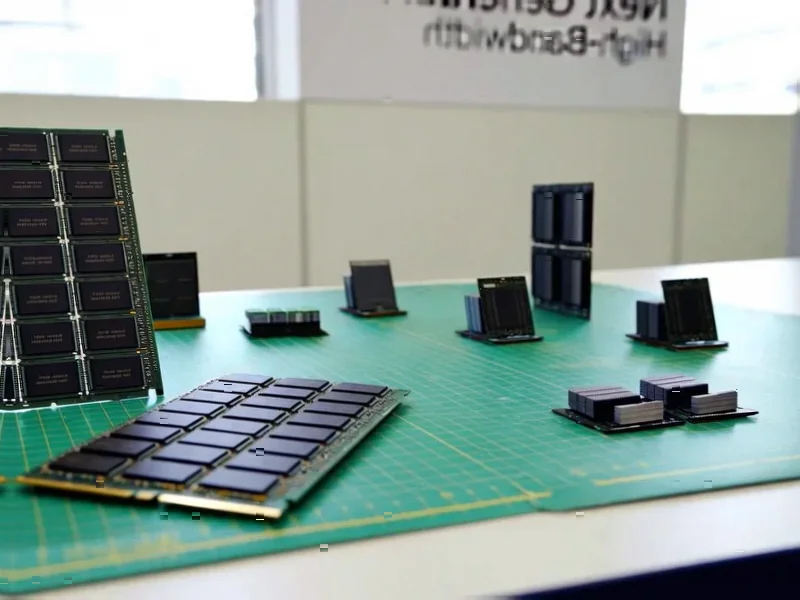According to PCWorld, AMD’s client CPU business hit a record $2.8 billion in Q3 2025, with desktop processor sales reaching all-time highs driven by Ryzen 9000 demand. The company gained nearly 10 percentage points of market share since last year, and CEO Lisa Su expects that trend to continue. AMD’s overall Client and Gaming segment brought in $4 billion, while data center revenue hit $4.3 billion. Total Q2 revenue jumped 36% year-over-year to $9.2 billion, with net income up 31% to $1.243 billion. Interestingly, Ryzen notebook sales “increased sharply” despite Intel’s traditional dominance in mobile. The company also saw gaming GPU revenue grow significantly thanks to Radeon 9000 series and FSR4 technology now supporting over 85 games.
The quiet PC revolution
Here’s what’s fascinating: AMD’s PC business is absolutely killing it while nobody’s really paying attention. During the earnings call, analysts didn’t ask a single question specifically about the PC segment. Everyone was so focused on AI and data center that they completely overlooked the fact that AMD’s traditional CPU business is having its best quarter ever.
Think about that for a second. We’re talking about a $2.8 billion quarter just from PC processors. That’s not small change, even for a company that’s pushing hard into AI. And desktop CPU sales hitting record highs? In 2025? That’s supposed to be a declining market, but AMD is somehow making it grow.
Intel’s worst nightmare
The notebook growth is what should really worry Intel. Lisa Su mentioned Ryzen notebooks “increased sharply” during the quarter. Now, Intel has traditionally owned about 80% of the notebook market to AMD’s 20%. If AMD is making meaningful gains there, that’s a huge problem for Intel’s core business.
Basically, AMD is attacking from all sides. They’re winning in desktop, making progress in notebooks, and still competing in data center. Meanwhile, their semi-custom business (those PlayStation and Xbox chips) is getting a holiday boost, though they’re expecting a “strong double digits” decline afterward. But the PC story? That’s the steady growth engine that doesn’t get enough attention.
The bigger picture
What’s interesting is how AMD has managed this dual-track strategy. They’re all-in on AI, sure, but they haven’t abandoned their roots. The Ryzen portfolio is clearly resonating with gamers, creators, and everyday users. And with FSR4 now in over 85 games, they’re building an ecosystem that keeps people in their camp.
So while everyone’s watching the AI arms race, AMD is quietly building a dominant position in the PC market. They’ve gained 10 points of market share in a year? That’s massive in this industry. And if they can keep that momentum going while also competing in data center, we might be looking at a very different competitive landscape in a couple of years.





Your point of view caught my eye and was very interesting. Thanks. I have a question for you.